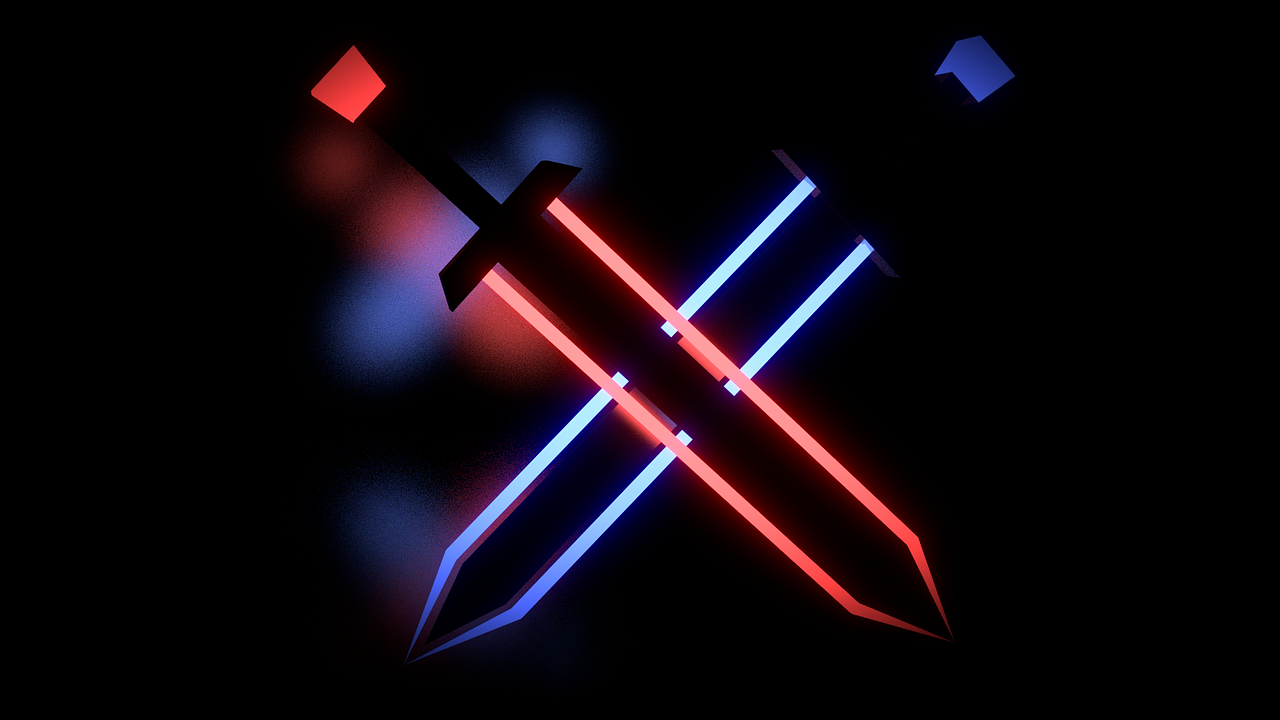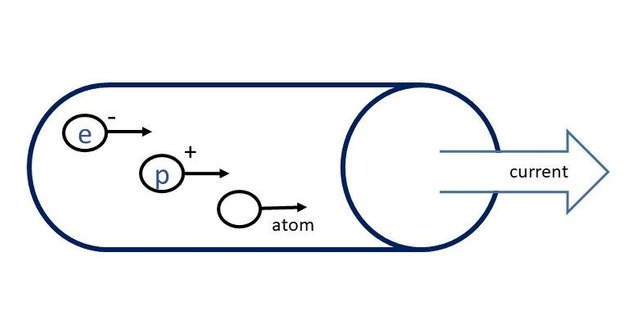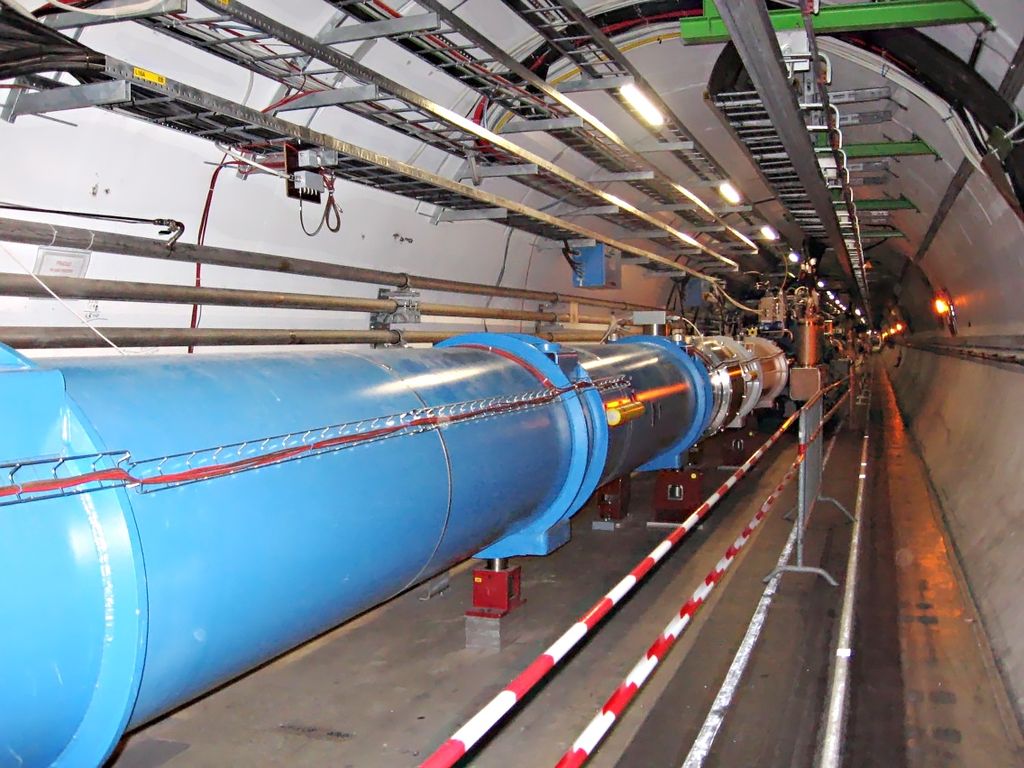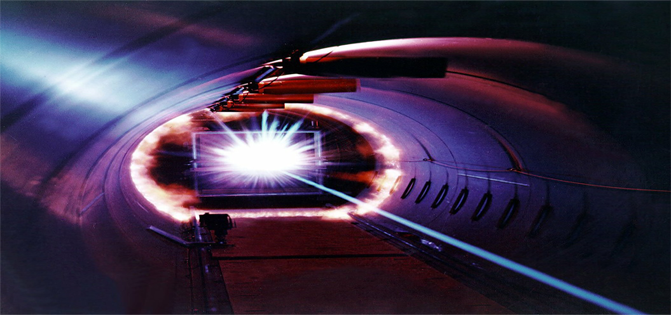Directed Energy Weapons - the future of modern warfare. [2nd chapter]
Directed Energy Weapons (DEWs) are one of the most anticipated technologies in modern military science. Guided electromagnetic energy has proved to be effective in destruction from a long distance. They are designed to cause catastrophic damage to the target by delivering enormous amount of energy within a very short period. A quick overview of DEW technology is discussed in First Chapter. Let’s dig in ‘Particle Beam Weapon’ technology today.

Energy weapon prototype, credit: Pixabay, license: CC0 1.0
Particle Beam Weapon
The particle beam weapon (PBW) is the form of DEW which cause devastation by interrupting the atomic structure. Energy of the particles are increased by speeding them with the help of electric fields. The speed of the high energy particles can reach near about the speed of light. The particles deliver a small amount of its kinetic energy to the target material. This change of energy cause the disruption in atomic structure. The form of propagated energy differs PBW from other DEWs.

Figure 1. Schematic of particle beam, credit: article author.
Particle beam weapons destroys the target by imposing energy of the beams to the target material. When the beams strike the atoms of the target material, the energy is passed to the atoms of the target instantly. We can compare this strike with the reaction of billiard ball’s group broken apart by the strike from cue ball. This results in sudden increase of temperature to a very high level, which causing the explosion of the target material. This is why the PBWs are often compared with the lightning bolts. The beams are composed of electron, proton or Hydrogen atoms. Electron and protons both serves at charged particle weapons while Hydrogen atoms are used in space operation. The Hydrogen atoms don’t necessarily collide with the air molecules due to its neutral behavior. Figure 1 shows a simplified schematic of particle beam.
The power of a PBW is measured in watts and the energy in the beam is measured in Electron-volts (eV). One eV is denoted by the kinetic energy of an electron which is excited by one volt. An effective PBW generates near about 30 MeV which is consists of particles each with energy of 30 million Electron-volts. A particle beam weapon having 1 GeV of energy is capable of seriously damaging a target at 1000 km range in space.
Classification of PBW
Particle beam weapons can be broadly categorized in two forms,
Charged PBW
Electrons or protons are excited up to the desired energy level using electromagnetic field. These weapons are mainly used inside the Earth’s atmosphere. Particle accelerators generate high energy particle beams having high intensity. In general, a charged PBW can destroy a target at 1000 km using energy of about 1 GeV and the flow of the particle would need to be continuous about 0.1 ms to disrupt the atomic structure of the target. For precise target operation, air channel is made by heating the air. The beam can follow the target propagating through the channel without distraction. The most common use of charged PBW is to defend the ballistic missile. The defense system is installed in ground site having connection with radar system to track and disable incoming missiles.
Neutral PBW
Neutral atomic particles like Hydrogen atoms are used in this type of PBW. Generally, Hydrogen atoms are subjected to massive electrical charge. Negative ions produced by this charge is accelerated by the electromagnetic field. High speed particle beam is produced from the stripped electrons. Neutral PBW can also estimate the damage done to the target. The impact of neutral beam causes characteristic emission from the target’s atomic structure. This emission can be used to determine the damage done by the beam. But to accurately propagate such high speed beams requires an enormous amount of energy. This amount is technically too large to be produced by the present day accelerators. Another drawback of this type of PBW is the strong effect of atmosphere. A neutral particle beam attenuates in a great extent while propagating through the air. State of the art technology implementation is expected to be done in near future to make neutral PBW more suitable and efficient in outer atmospheric usage.
The PBW Technology
Particle beam weapon technology involves several technological implementation from the electromagnetic effects to the radar and targeting mechanisms. The core parts of the PBW tech can be described as,
Particle Accelerator
The main component of a PBW is the particle accelerator. This works as the source of high energy beams for the weapon. The accelerator speeds up the particles up to the speed of light. According to the Theory of Relativity, only mass-less particles can achieve this speed and no particle can exceed the speed of light. But the kinetic energy of the particles can still be increased inside the particle accelerator. Particle accelerators are of two types,

Figure 3. Linear Accelerator, credit: Wikimedia Commons author: Sgbeer license: CC BY-SA 3.0
The linear accelerators use a long straight line while speeding up the particles. Focusing magnets are used to keep the accelerated particles in proper track. It is composed of a group of accelerating parts which continuously generate accelerating electric fields around the particles. This contentious process generates higher particle energy.

Figure 4. The Large Hadron Collider (LHC) at CERN, credit: Wikimedia Commons author: Julian Herzog license: CC BY-SA 3.0
Strong magnets are used to keep the particles circulating in circular accelerators. Large Hadron Collider (LHC) is the example of circular accelerator. It is the biggest particle collider in the world built in CERN. It has super conducting magnets of 27 km long where high energy particle beams are accelerated up to the speed of light. The most commonly used accelerator for PBW are RF linear accelerator and Induction linear accelerator. The Induction accelerators are capable of producing relatively higher beam currents and are more suitable for use in PBWs.
Characteristics of different types of particle accelerator are shown in the table[Source] below,
| Parameter | H-V Low Current Accelerator | L-V High Current Accelerator | PWB Accelerator |
| Voltage (MeV) | 1500 | 15 | 1000 |
| Current (A) | 0.025 | 105 | 1000 |
| Pulse Strength | 1.5 | 0.12 | 100 |
| Energy per Pulse (J) | 56 | 1.8x105 | 108 |
| Pulse Repetition Rate | 50 pps | Several per day | about 100 pps |
Power Source
PBW requires power source capable of delivering massive amount of energy over short period of time. Advanced pulsed power technology is used to generate high pulsed power for PBWs. The pulsed power system is comprised of a power source, energy storage and pulse forming network.
The power source generates power in massive level to operate the accelerator. Mobility and variation of power level are the main characteristics for power source of PBWs. Advanced battery technology and turbo generators having superconducting mechanism are most preferable power sources.
PBW energy storage can be achieved in several process. The commonly used mechanisms are capacitor bank and energy storage in form of high energy explosive. Energy storage method depends on the PBW type and on the accelerator.
Power pulses are shaped by using pulse forming network. It is used to reshape the burst shots provided by the power source.
Target tracking
Figure 5. Missile tracking radar, credit: Wikimedia Commons author: Hunini license: CC BY-SA 4.0
PBWs use the generalized target tracking and beam positioning mechanism. The process is more like the tracking system used in missiles and other directed energy weapons. The charged and neutral PBWs use different methods of tracking and positioning. This is because of the atmospheric behavior.
Operation of PBW
The basic operation of a particle beam weapon can be described in following sequence[Source] ,

Energy weapon prototype, credit: Pixabay license: CC0 1.0
Conclusion
Particle beam weapons are used in both lethal and non-lethal purposes. PBWs can be used to damage infrared and microwave sensors of the enemy weapons along with the massive destruction on target material. This type of weapons have better penetration which leads to greater damage to the target material. The all-weather operation capability gives PBW an operational lead over other forms of directed energy weapons. Additionally PBWs are capable of causing noteworthy damage to the target even when the main beam misses the target. A secondary radiation cone composed of alpha, beta and X ray particles are formed proportioned to the main beam which is capable of causing sufficient damage when the main beam couldn’t reach. The electromagnetic pulse (EMP) generated by the current pulse of the particle beam can also severely damage the enemy electronic equipment. As discussed in the first chapter, PBW is the least mature directed energy weapon technology. But it has the potential to be one of the most effective weapon technology in modern warfare.
The next article will cover detailed overview on 'Microwave Based Weapons'. The technical features, usability along with their limitation will be discussed thoroughly. Don't miss that out if you are curious about High Powered Microwave Weapons!
References
A much deserved thanks to @scienceangel for her cordial help in writing this article.
 gif credit: @foundation
gif credit: @foundation Figure 2. Particle beaming conceptual figure, credit:
Figure 2. Particle beaming conceptual figure, credit:
Congratulations @ied! You have completed some achievement on Steemit and have been rewarded with new badge(s) :
Click on any badge to view your own Board of Honor on SteemitBoard.
To support your work, I also upvoted your post!
For more information about SteemitBoard, click here
If you no longer want to receive notifications, reply to this comment with the word
STOP